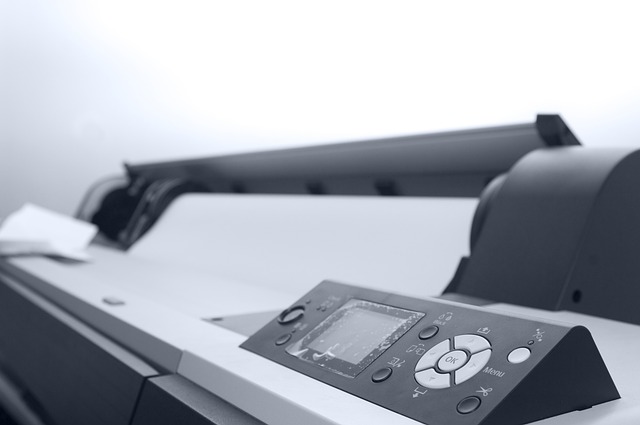Mastering the Art of Ripple Edit: A Guide for Video Editors
Video editing can often feel like a delicate dance, where each cut and transition is reminiscent of a choreographed routine. As you refine your craft, there are numerous techniques that can help streamline your workflow and enhance the storytelling experience. Among these, the ripple edit stands out as an essential tool that video editors must master. It’s a technique that not only saves time but also keeps your narrative flowing seamlessly.
What is Ripple Edit?
The ripple edit technique is designed to automatically adjust the clips in your timeline based on any edits you make to adjacent clips. When you trim a clip, the timeline shifts, and adjacent clips move automatically to fill in the gap. This maintains the integrity of your overall sequence, ensuring that your edits feel organic and cohesive.
Why Ripple Edit Matters
Many video editors have experienced the frustration of making a cut, only to realize that they’ve disrupted the flow of their project. The ripple edit is a game-changer here. It removes the cumbersome manual adjustment process that can eat away at your creative momentum. With ripple editing, your focus remains on the narrative, rather than getting bogged down in technical adjustments.
Getting Started with Ripple Edit
Once you’ve recognized the power of ripple edit, the next step is to incorporate it into your editing routine. Here’s how you can get started:
- Key Shortcuts: Familiarize yourself with the ripple edit shortcuts in your editing software. These will allow you to execute edits efficiently without disrupting your flow.
- Practice Makes Perfect: Begin by creating simple edits in a project. Use the ripple edit to adjust timing and see how it affects the overall pacing of your video.
- Layering Edits: As you become comfortable, experiment with layering multiple ripple edits. This will help you understand how to maintain narrative continuity even when facing complex scenes.
Common Mistakes to Avoid
While the ripple edit technique is invaluable, there are a few pitfalls that can arise:
- Neglecting Overlaps: When using ripple edits, be cautious of overlapping clips. Make sure to adjust accordingly to maintain the integrity of the audio and visual flow.
- Ignoring the Timeline: Keep an eye on your timeline markers! Abrupt changes can skew your sequence and disrupt viewer engagement. Adjust your moves as needed.
- Forgetting About Audio: Remember that ripple edits affect both video and audio tracks. Always double-check your sound levels and alignment after making adjustments.
Enhancing Your Skills with Ripple Edit
While the ripple edit may seem like a simple tool, it can open up a world of opportunities in your editing process. It allows you to respond quickly to story changes without sacrificing the fluidity of your video. As you become more adept at employing ripple edits, you’ll find that your ability to craft engaging narratives is greatly enhanced, making you a more proficient video editor.
With practice and dedication, mastering the ripple edit will elevate your editing skills and help you produce polished, professional content that speaks to your audience with clarity and precision.


